Nasturtium seeds are the edible, peppery seeds that form after nasturtium flowers. Pickled nasturtium capers are a delicious alternative to traditional capers. They are perfect for salads, pasta, or any recipe that uses capers.
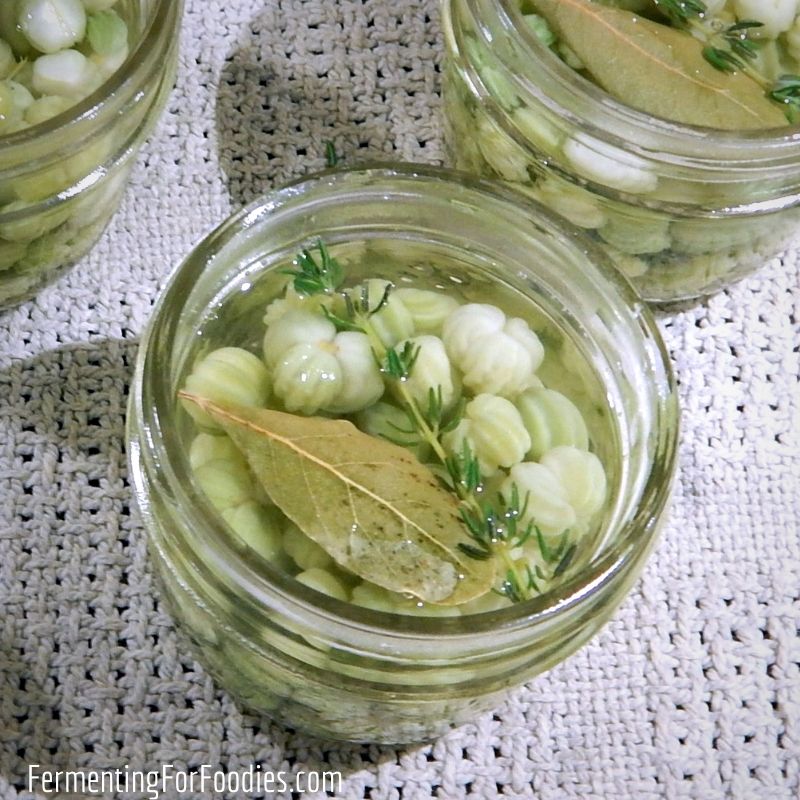
Growing Nasturtiums
Nasturtiums are beautiful flowering vines. With their large seeds and prolific nature, they are easy to grow. The only trick to nasturtiums is that they generally succumb to aphids around mid-summer… however, I view this as a bonus, since it means they’re keeping the aphids off of my other plants!
All parts of the nasturtium are edible and have a sharp, peppery flavor.
- Add the leaves and flowers to your summer salads.
- Use the flowers as a garnish for everything from pasta to potato salad.
- Save the largest seeds for planting the next year. Allow them to dry out completely, then store them in an envelope with your other seeds.
- Harvest the young, green seeds for pickled nasturtium seeds.
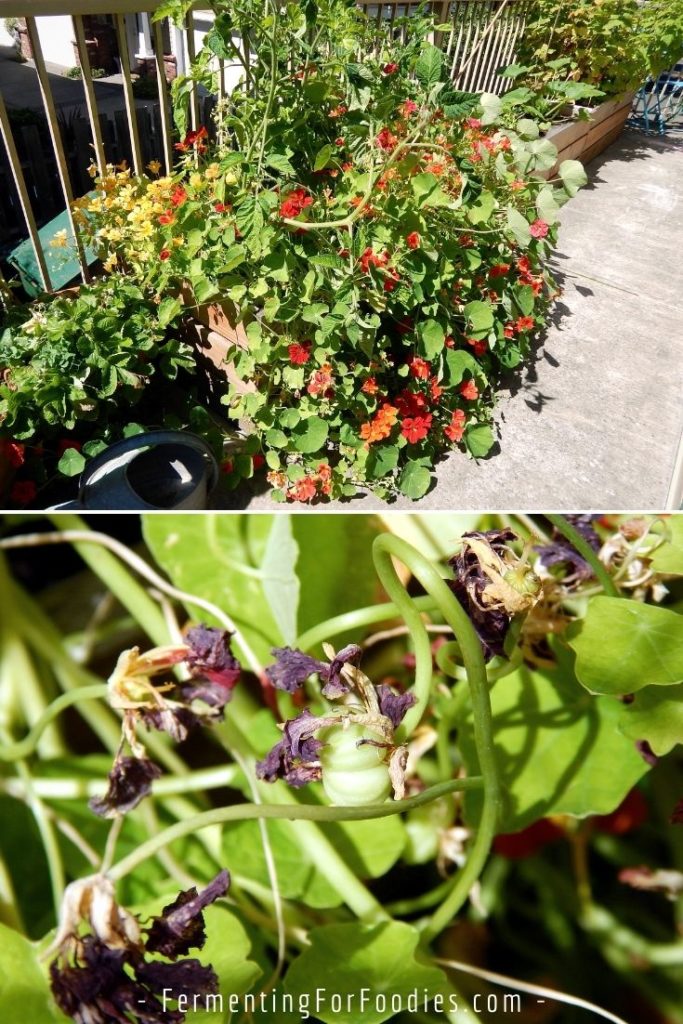
Fermenting Nasturtium Seeds
Nasturtium seeds don’t need to be fermented before they are pickled, however, it greatly improves the flavor. Fermenting the nasturtium seeds ahead of time also allows you to slowly gather the seeds until you have collected enough to make a batch of pickled seeds.
It usually takes me 3 to 4 weeks to gather enough seeds to make a batch of pickled seeds. So I set up a quart-sized jar for fermenting, which I store in the fridge (for a slow ferment). Then I add seeds every 2 to 3 days until the jar is full.
You don’t need any special supplies or culture to make brine fermented nasturtium seeds. So it’s an easy ferment for beginners.
Pickled Nasturtium Capers
Water bath canned pickled nasturtium seed will last all winter long. They are a homegrown and delicious substitute for capers. Perfect with pasta, salad, pizza. They are a unique gift.
- Prep Time: 10 minutes
- Cook Time: 10 minutes
- Total Time: 20 minutes
- Yield: 4 small jars 1x
- Category: Pickles
- Method: Canning
- Cuisine: Italian
- Diet: Vegan
Ingredients
- 2 cups of nasturtium berries
- 4 sprigs of thyme
- 4 bay leaves
- 1 cup of white vinegar
- 2 tsp sugar
- 4 –1/2 cup mason jars
Instructions
- If you were fermenting the seeds ahead of time, drain them before packing them into the jars. Otherwise, just give the seeds a good rinse.
- Packed each jelly jar with the nasturtium seeds, a bay leaf, and a sprig of thyme.
- Bring the white vinegar and sugar up to a boil. Pour the boiling vinegar over the top of the nasturtium berries (leaving 1/4-inch (1 cm) of headroom on the jelly jar). Cap with a new snap-lid.
- Place the jars in a water-bath canner, bring to a boil, and heat process for 10 minutes.
Notes
- The trick is to harvest the seeds while they are still young and green. Once they turn brown you can save the seed for planting the next year.
- If you’re new to canning, here is some more information on how to water bath can.
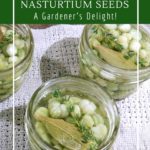
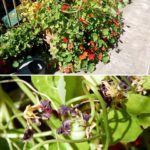
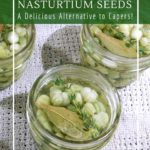
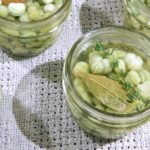
Nasturum barriers been sitting 2r hours. Did .it use starter, only salt and water. Ha e Dr slipped s foul odor. Should I be concernrd?
Anything that smells bad is not a good ferment. Throw it away and try again… Keep everything really clean.
I think your ratios are a little off. With the recipe provided there is not enough liquid to cover the nasturtium “berries.” Thanks for posting this though! I am giving it a try with a little extra water. Cheers!
That should be fine. The salt ratio is quite high. Enjoy!
Hi I have tonnes of seeds and was going to start fermenting them today. I like the idea of pickling them afterwards, but don’t wish to use sugar. Any tips?
Because there is vinegar in the recipe, I think you’re OK to leave out the sugar. I usually don’t use the sugar myself! Enjoy!
Can you use apple cider vinegar instead of white vinegar?
Yes, just make sure it’s at 5% acidity. Store bought cider vinegar should be fine.
This describes canning (or bottling for UK readers) not fermenting.
Fermenting is when you let them sit covered in brine and they form their own vinegar.
Hi, This is part of a two-part post. The section on fermenting is in another post (linked in the recipe notes). Personally, I ferment my nasturtiums, then can some of the fermented seeds for longer storage. Fermenting allows me to pick over time and gather enough seeds for a large batch. 🙂 I originally had both recipes in the same post, but then my recipe plugin stopped supporting multiple recipe posts. Enjoy!
Thank